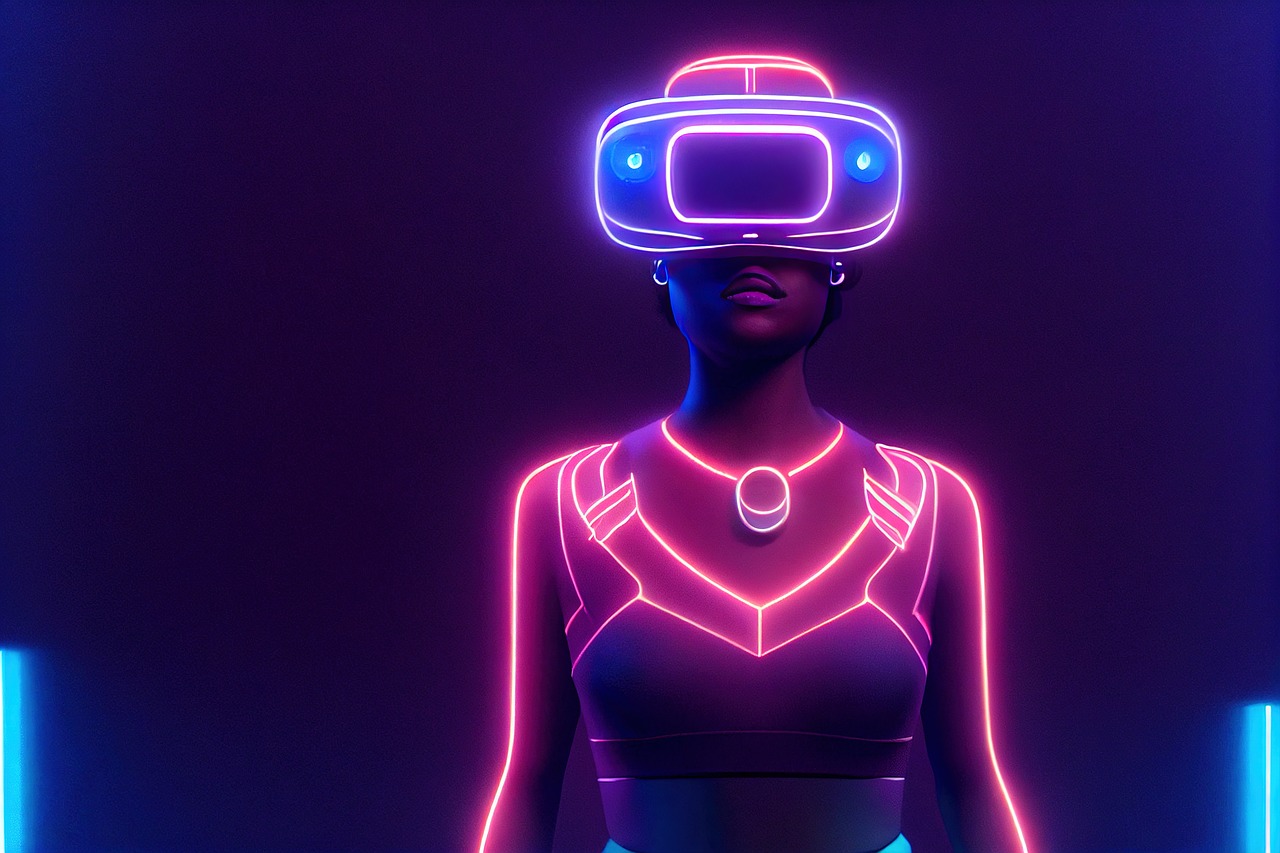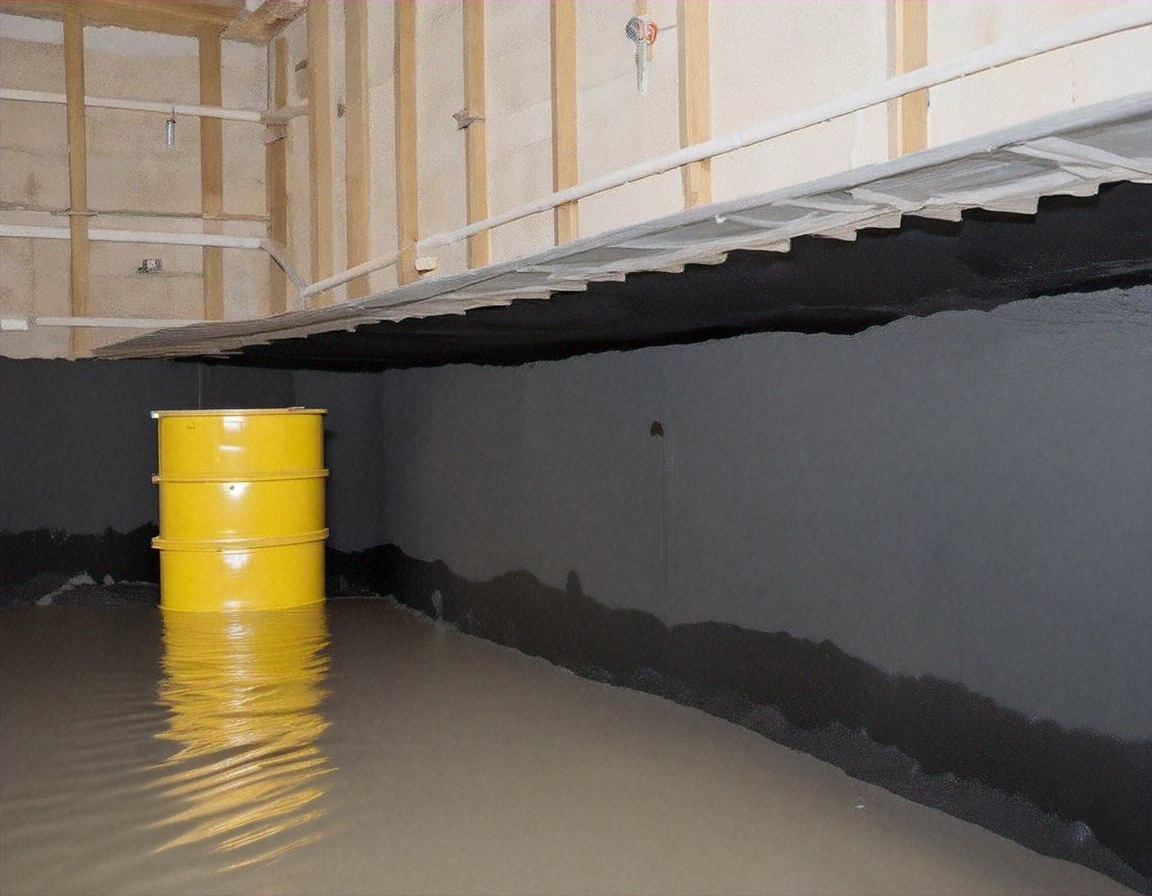A New Dawn: The Reimagined Role of Virtual Reality in Performing Arts
The advent of Virtual Reality (VR) has brought a seismic shift in the landscape of performing arts, transforming how we experience and interact with this form of artistic expression. This article delves into the historical context, recent developments, and the profound impact of VR on performing arts, painting a comprehensive picture of its evolving role in this vibrant industry.

The Genesis of VR in Performing Arts
Virtual Reality has been gradually seeping into various sectors since its inception. However, its foray into performing arts is a relatively recent phenomenon. The roots of this development can be traced back to the early 2000s when artists and tech enthusiasts began experimenting with VR as a tool to enhance performance art. This period saw the advent of immersive theater, where VR was used to create a novel, all-encompassing experience for the audience.
VR: A New Stage for Performing Arts
Fast forward to the present day, and VR has become an integral part of the performing arts industry. From theater and dance to music and opera, VR has been leveraged to bring performances to life in unprecedented ways. Recent developments have seen VR technology being used to create entirely virtual performances, where artists and audiences can interact in a shared virtual space.
The Impact and Significance of VR in Performing Arts
The introduction of VR technology has had a profound impact on the performing arts. It has expanded the boundaries of artistic expression, allowing artists to create immersive, multi-sensory experiences that transcend the limitations of traditional performance spaces. Moreover, VR has democratized the performing arts by making performances more accessible to audiences worldwide, regardless of geographical constraints.
Reception of VR in Performing Arts
The reception of VR in the performing arts industry has been overwhelmingly positive. Critics and audiences alike have praised the use of VR for its ability to create immersive, engaging experiences. However, some traditionalists argue that VR performances lack the intimacy and immediacy of live theater. Despite these criticisms, the general consensus is that VR represents an exciting new frontier in performing arts.
Looking Forward: The Future of VR in Performing Arts
The future of VR in performing arts looks promising. With ongoing technological advancements, artists will continue to push the boundaries of what is possible, creating ever more immersive and interactive experiences. As we move forward, it’s clear that VR will play an increasingly important role in shaping the future of performing arts.
In conclusion, the rise of VR in performing arts marks a significant chapter in the history of this vibrant industry. Its impact has been profound, transforming how performances are created, experienced, and consumed. As we continue to explore the potential of VR, the performing arts industry stands on the precipice of an exciting new era of artistic innovation and audience engagement.




